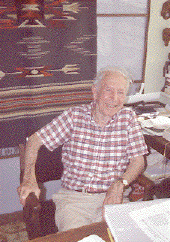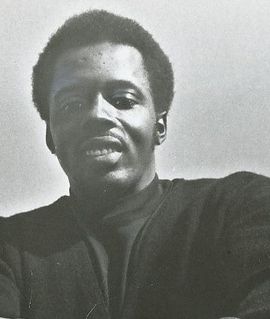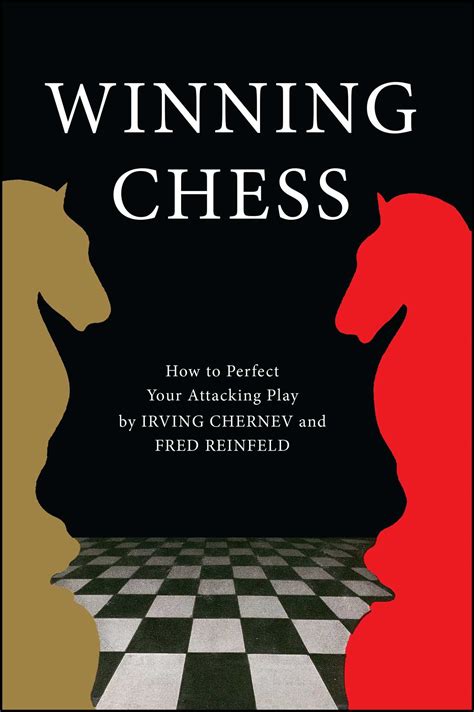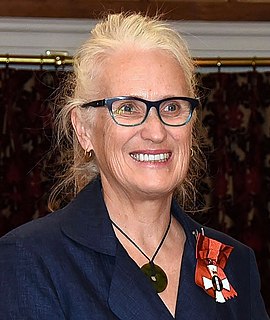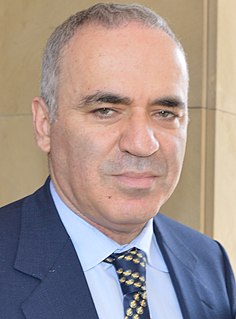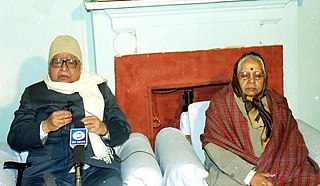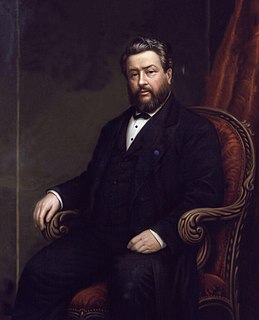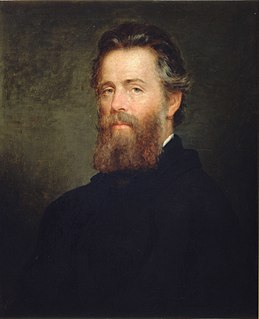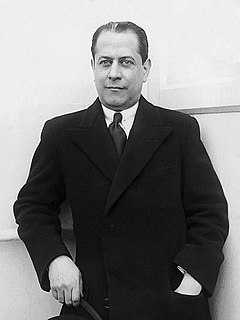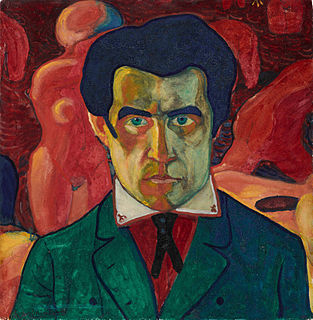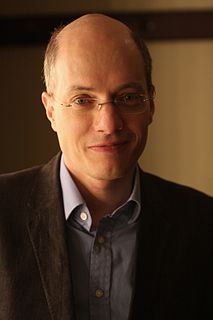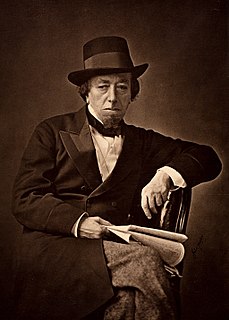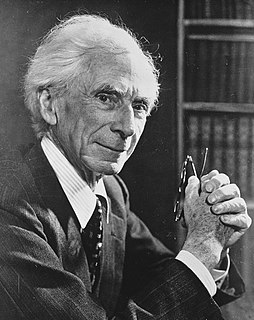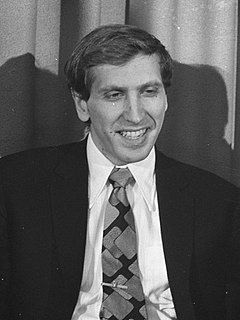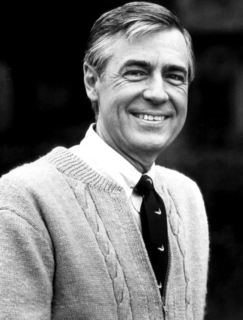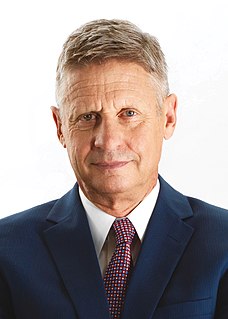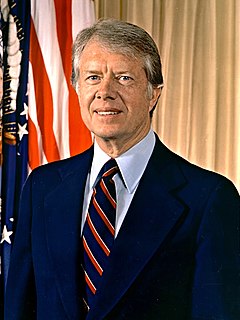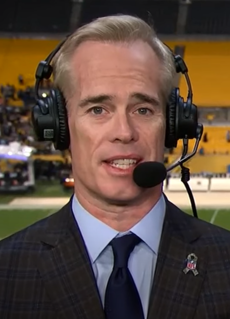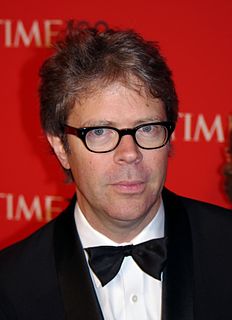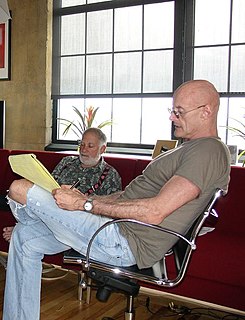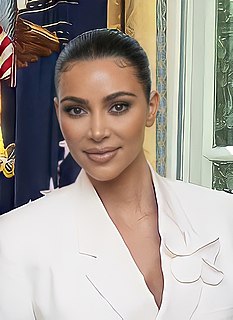A Quote by Max Euwe
He can be regarded as the great master of simplification. The art of resolving the tension at the critical moment and in the most effacious way so as to clarify the position as desired is Capablanca's own.
Related Quotes
Crying, that is, sobbing is the earliest and deepest way to release tension. Infants can cry almost from the moment of birth, and do so easily following every stress that produces a state of tension in the body... Human beings are the only creatures who can react in this way to stress and tension. Most probably, they are the only ones who need this form of release.
Many an expert says that there is a certain affinity between (Capablanca's style) and that of the world master, Lasker. There may be some truth in it. Lasker's style is clear water, but with a drop of poison which is clouding it. Capablanca's style is perhaps still clearer, but it lacks that drop of poison.
No one is able to produce a great work of art without experience, nor achieve a worldly position immediately, nor be a great lover at the first attempt; and in the interval between initial failure and subsequent success, in the gap between who we wish one day to be and who we are at present, must come pain, anxiety, envy and humiliation. We suffer because we cannot spontaneously master the ingredients of fulfillment.


